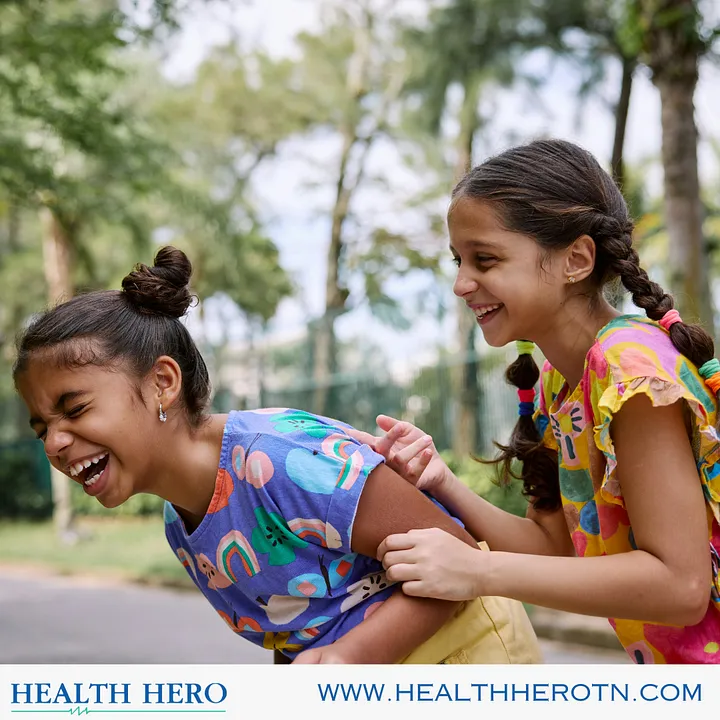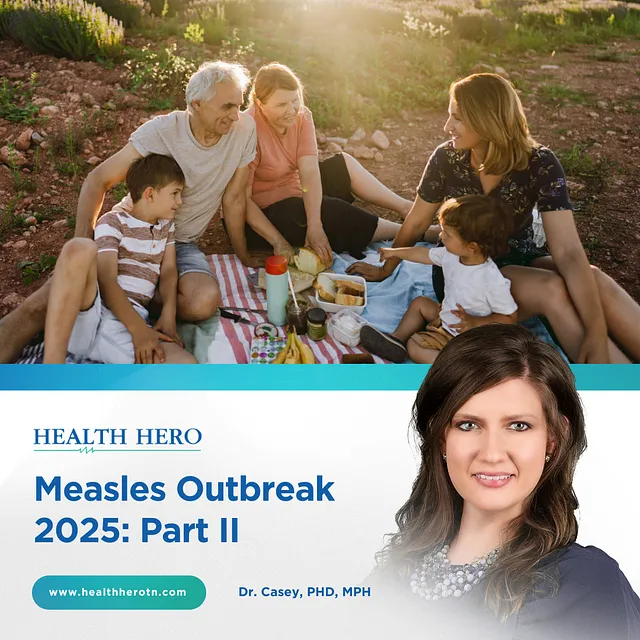Research reveals that approximately 38.6% of children aged 9 to 17 in the United States had received at least one dose of the HPV vaccine by 2022.
The Human Papillomavirus vaccine has been around for two decades, but despite its availability and protectiveness against cervical cancer, it remains a vaccine many Americans are not getting.
HPV is the most common sexually transmitted infection (STI) worldwide. While most infections can clear up on their own within two years, some types of HPV can cause warts on various parts of the body, while others are associated with various cancers.
Recent data from the Centers for Disease Control and Prevention sheds light on vaccination rates and critical factors influencing uptake. Research reveals that approximately 38.6% of children aged 9 to 17 in the United States had received at least one dose of the HPV vaccine by 2022. Uptake increased with age, from 7.3% at age 9 to 10 years to 30.9% at age 11 to 12, 48.8% at age 13 to 14, and 56.9% at age 15 to 17.
Vaccine coverage remains low in the U.S., with findings revealing notable differences in vaccination rates among different demographics. Children covered by private health insurance were more likely to have higher vaccination rates, with 41.5% having received at least one dose, compared to 37% among those with Medicaid coverage and 20.7% among the uninsured.
The geographical aspect also played a role in vaccination rates. Those living in metropolitan areas had higher vaccination rates than those in nonmetropolitan regions. For instance, children in large central urban areas had a vaccination rate of 39.4%.
What’s Behind Low Uptake
There are other reasons why HPV vaccinations have stalled, with the most frequent cause being parents citing safety concerns. Each HPV vaccine has undergone strict safety testing before the U.S. Food and Drug Administration (FDA) licenses it. For the last 15 years, the HPV vaccine has continued to be monitored and researched, with each year showing that the vaccine is safe. Doctors urge parents to get their kids vaccinated with HPV before they become sexually active, which can also deter parents from scheduling an appointment. Regardless of the reason, discussing issues with your healthcare provider can help eliminate any concerns or questions you may have about vaccines.
There are minor side effects that can occur after receiving an HPV vaccine, like any medicine. Swelling, fever, dizziness, nausea, and joint pain are mild side effects that tend to clear up within 1 to 2 days.
When to get vaccinated
It’s recommended that HPV vaccination should be given to those aged 11–12 years. Vaccination is recommended to start as early as age 9 and continue up to age 26 for females and up to age 21 for males who have not completed the vaccine series previously. HPV vaccination can be recommended for individuals aged 27–45 years who have not been adequately vaccinated.
How HPV Infection Leads to Cancer
With more than 42 million Americans infected with types of HPV each year, it remains the most common disease out there. nearly everyone will be transmitted the virus at some point, which can linger in the immune system and turn normal cells into abnormal cells and then cancer. About 10% of women with HPV infection on their cervix will develop long-lasting HPV infections that put them at risk for cervical cancer.
The Importance of Getting Vaccinated
Since its introduction, the HPV vaccine has significantly reduced cancer-causing infections and precancers. This vaccination has helped the United States see a decrease of 88% in HPV-related cancers and genital warts in teenage girls, and 81% in adults. These findings underscore the importance of vaccinations in reducing the risk of life-altering diseases.
. . .
Sources
Centers for Disease Control and Prevention: National Center for Health Statistics
Centers for Disease Control and Prevention: Human Papillomavirus (HPV)


